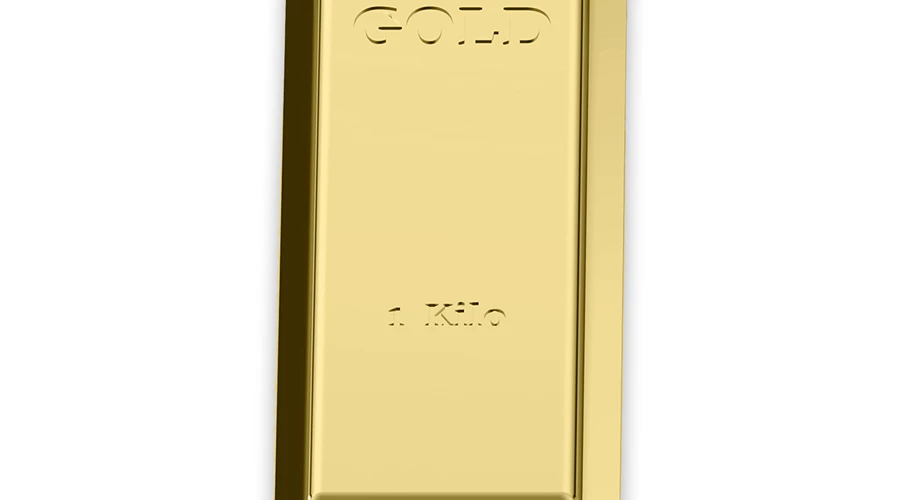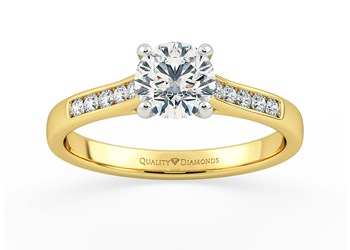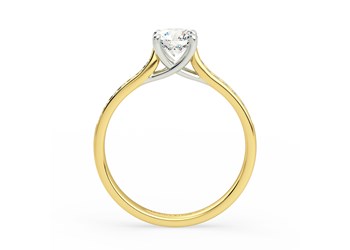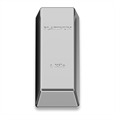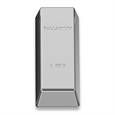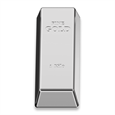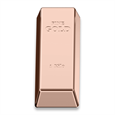Sign up for our Newsletter
Yellow Gold
Gold is the oldest and still the most sought after of the precious metals. Its rich burnished colour has been a symbol of wealth and prosperity for centuries.
 Many artefacts that survive from ancient civilizations such as Ancient Egypt or Greece show gold to have been almost universally associated with royalty and deities. Gold has long been the traditional choice for engagement and wedding rings because of its long-lasting beauty and inherent value.
Many artefacts that survive from ancient civilizations such as Ancient Egypt or Greece show gold to have been almost universally associated with royalty and deities. Gold has long been the traditional choice for engagement and wedding rings because of its long-lasting beauty and inherent value.
The purity of gold is measured in karatage, with 24 karats signalling 100% pure gold. Although 24 karat gold is a popular jewellery metal in other parts of the world, in Europe and the West it’s considered too soft. Instead, we use gold alloys, meaning gold that has been strengthened with other metals such as silver, copper, nickel and zinc. For example, 18 karat gold is 18 parts (75%) gold and 6 parts other metal.
Instant Expert
- Warm rich colour
- Dense and malleable
- Doesn't rust, tarnish or corrode
- Traditional look for vintage wedding rings
- ££ - Usually about 30% less expensive than platinum, although prices have spiked recently
ADVANTAGES OF YELLOW GOLD
Gold doesn't rust, tarnish or corrode, and it won’t lose its colour over time. It’s prized for its lasting beauty that improves with age.
Gold is much more malleable than platinum, so it’s easier to work into fine, intricate designs.
Gold jewellery is always a worthy investment and the price of gold is more stable in times of economic depression than that of platinum.
DISADVANTAGES OF YELLOW GOLD
Gold jewellery can become scratched, especially when worn on a daily basis.
Because nickel may be present in the gold alloy, gold may not be suitable for metal allergy sufferers.
Shop yellow gold diamond rings
Shop yellow gold diamond earrings
Here at Quality Diamonds, we love the luscious warmth of yellow gold, in its natural colour! Although it's somewhat fallen out of favour in recent years, you can't dismiss such a naturally beautiful warm metal from your wardrobe.
We have featured the following collection of 18k yellow gold diamond jewellery, which are all available to buy online:
- Yellow Gold Engagement Rings
- Yellow Gold Wedding Rings
- Yellow Gold Diamond Earrings
- Yellow Gold Pendants
- Yellow Gold Diamond Bracelets
- Yellow Gold Diamond Bangles
- Yellow Gold Eternity Rings
We also have an additional range of jewellery to choose from, which we can source on request, so feel free to contact us if you can't find what you are looking for.
Of course, we are more than happy to help you design your own bespoke yellow gold jewellery. Click here to find out more.
For more inspiration, why not follow us on Instagram @QualityDiamonds
-
Ethically Sourced Diamonds
-
Handmade in the UK
-
FREE Shipping Worldwide
-
60 Day Returns

